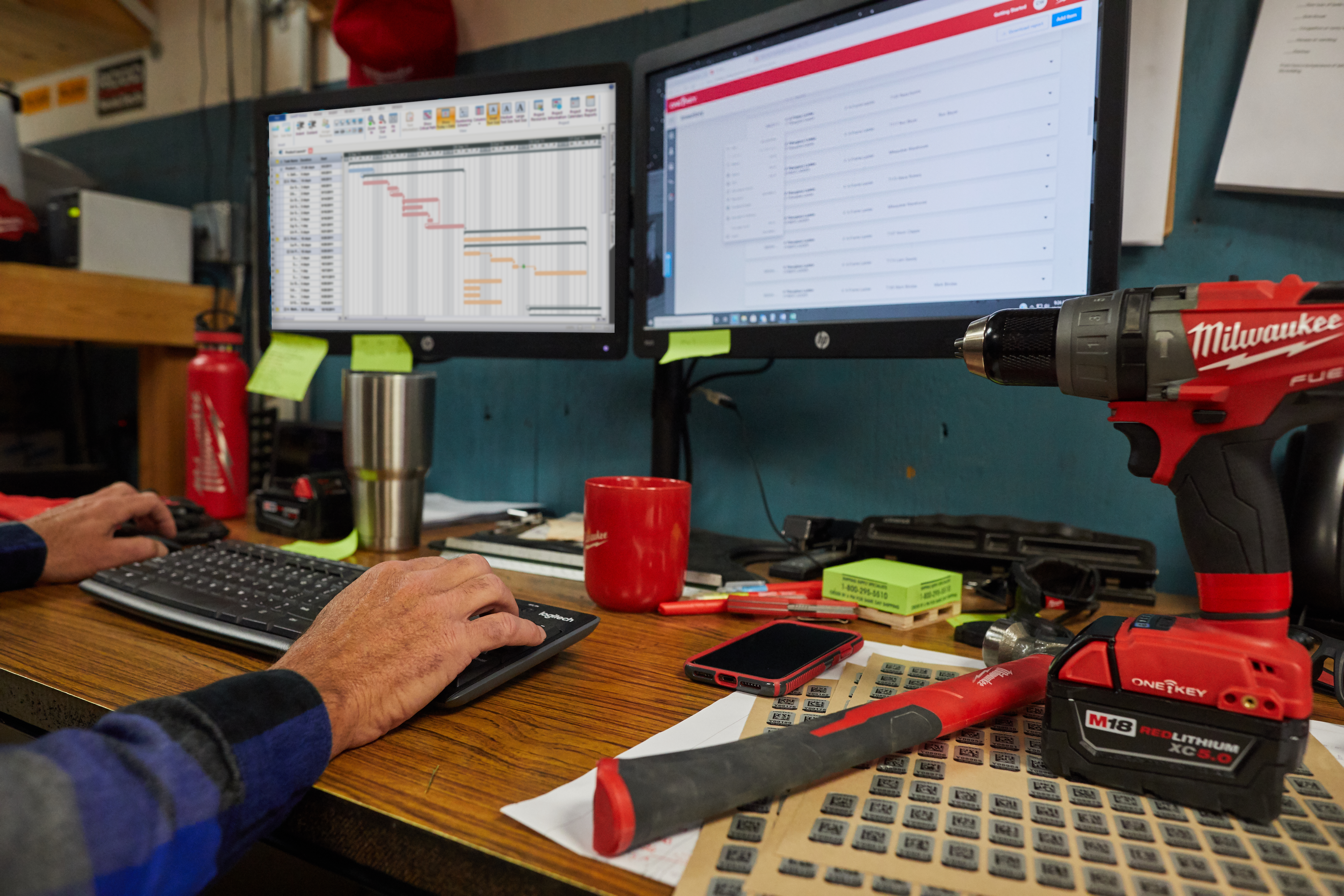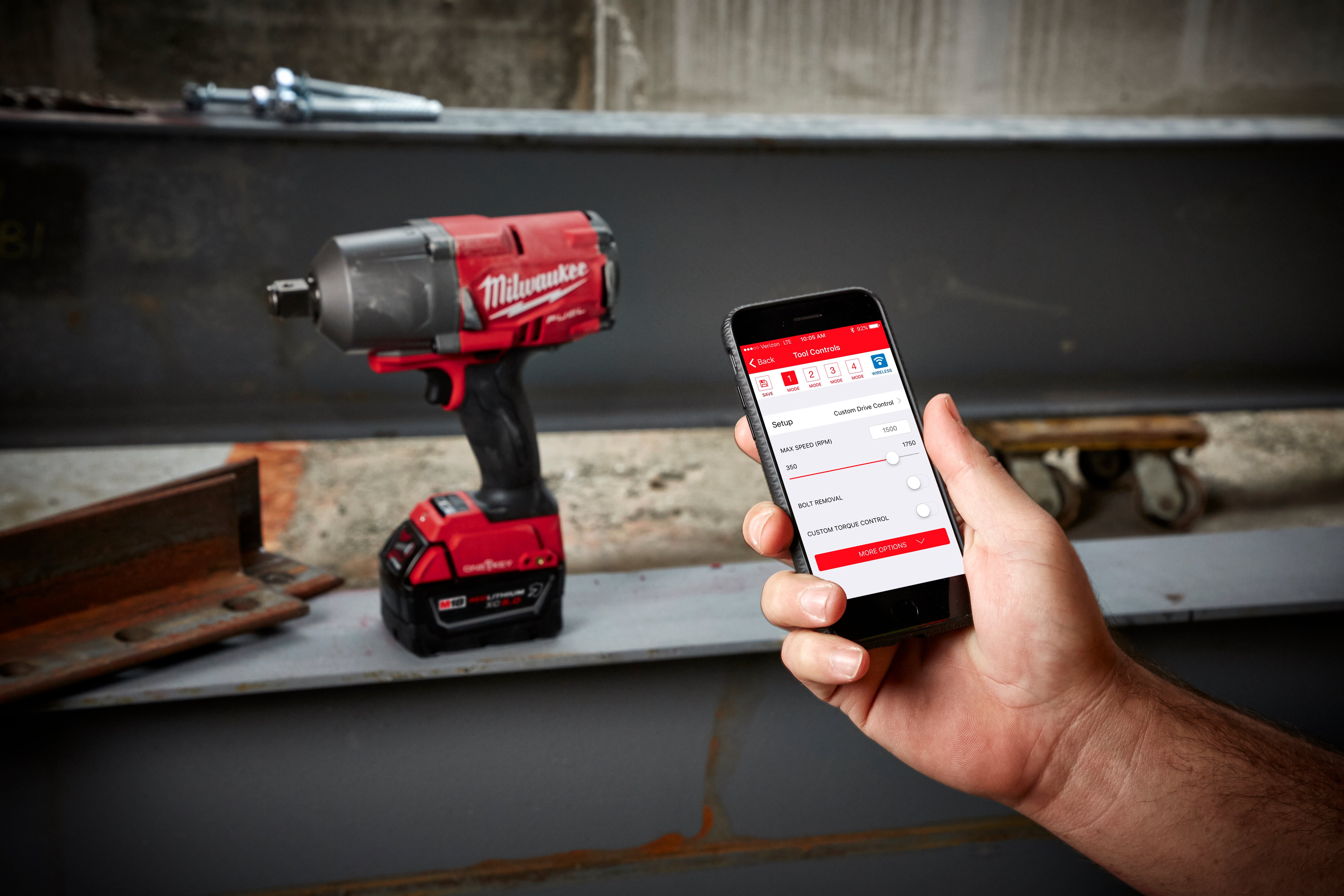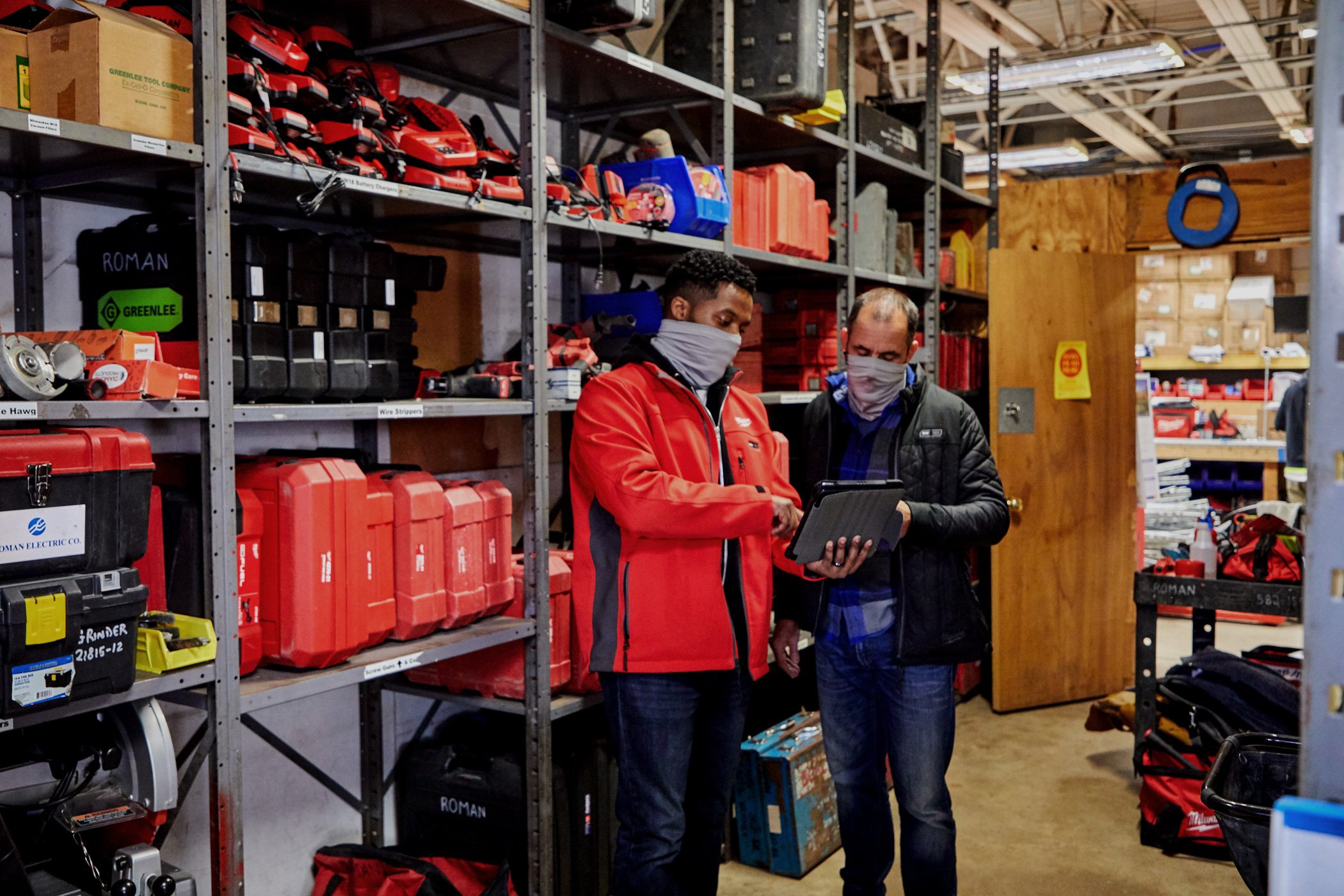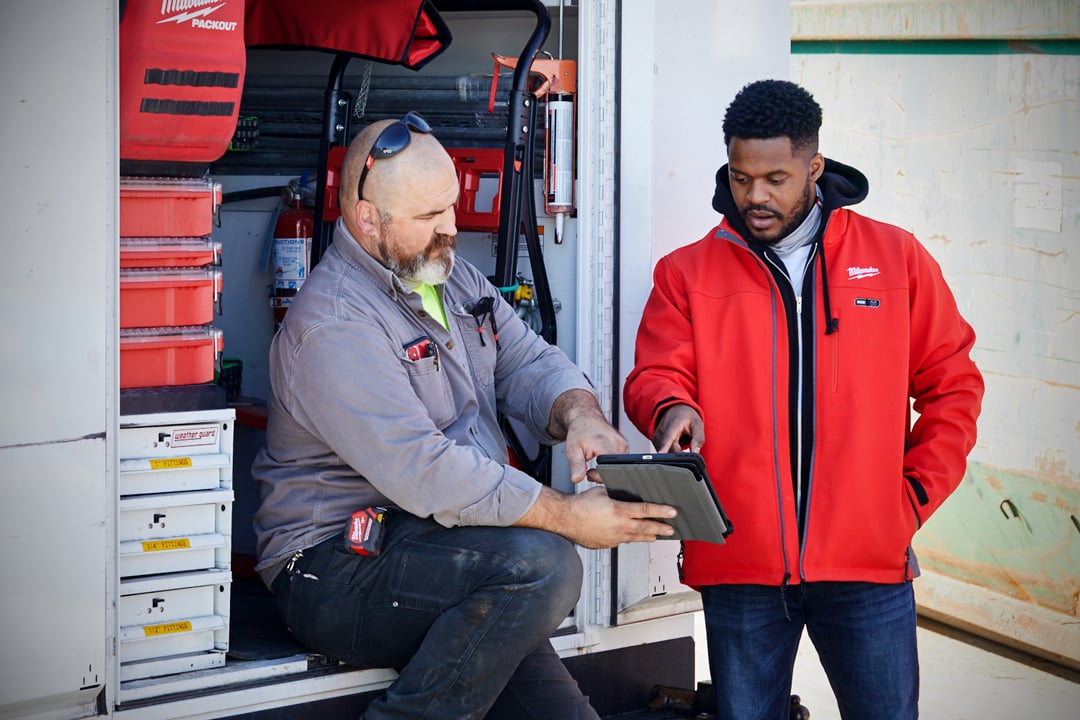Essential Strategies for Balancing Work and Life in Construction
Editorial Note: This article was brought to you courtesy of Rose Morrison, managing editor of ...

In 2016, McKinsey & Co. released a seminal article entitled “Imagining construction’s digital future” (4), where they ranked construction behind all but one industry with regard to its digital journey and proposed “5 big ideas” for how the industry can digitize.
Since then, we’ve covered a great deal of the technological advancements McKinsey predicted, these predictions in fact gaining traction in the industry via venture capital investments reaching $1.57 trillion in 2021 (2) in startups specializing in construction robots, data management, automation, and augmented reality. We’ve also covered other topics the McKinsey article outlined, such as LiDAR, the use of construction drones and improvement to geographic information systems, such as integrating with BIM, as well as covering the importance of sustainable construction, sustainable building materials, and sustainable building equipment like the MX FUEL™ Equipment System that cuts down on environmental and user hazards like harsh emissions. Many of the improvements McKinsey outlined via the Internet of Things have in fact been seen led here at Milwaukee Tool.
The industry has come a long way since that 2016, seminal McKinsey article with an uptick in productivity app usage, for example. Yet, the fact remains that integration is in the sub 20% range – meaning that workflows are improving but company-wide processes can still be improved for greater transparency, unification, and collaboration. In fact, a more recent 2019 McKinsey article (3) placed fragmentation among the issues needed solving and hinted at industrialized construction as the way forward (i.e., replacing the one-off project approach for a systematic framework that optimizes output and perfects QA through productization).
There is still work to be done to fully digitize not just projects but operations holistically (see: digital twins construction and construction's metaverse). However, in this article, we’ve laid out some quick tips where you can begin your digital journey, whether you’re just starting out or fully committed to organizational digital transformation.
We’ve previously defined inventory management at a high level—just as inventory management seeks to take stock of and control the flow of your on-hand assets to the job, a digital inventory moves to digitize the inventory management flow in order to maximize visibility to where these assets are in flight, at any given point, minimize human error, maximize jobsite uptime, make the process more collaborative among team members, and ultimately increase productivity.

A digital inventory system can have a wide range of features, such as:
The value of inventory tracking has been proven not just good business sense, but also, the use of barcodes on medication administered at an academic medical center reduced errors in administration by 41.4% and saved lives (6). The need for digitization is not lost on business owners, either. Back in 2018, a Logistics Management report showed a drop in reliance on paper-based picking systems in warehouses, down 62% at the time compared to the previous year (via Deskera).
The major benefits of a digital inventory, explored in our free guide, include:
When Milwaukee Tool launched One-Key back in 2015, the company wanted to “unlock” the untapped productivity gains that a more connected, digital jobsite could provide contractors and professional tradespeople.
Underpinning our digital inventory app are some differentiating factors:
Digital inventory systems can range in price—from a few thousand dollars or a rolling subscription cost (according to Shortly) up to $20,000-$50,000 for a custom build, Crowdbotics points out.
That said, there are free inventory solutions. In contrast to the paid software solutions available to construction companies, ONE-KEY™, Milwaukee Tool’s connectivity platform, offers a free digital inventory app with unique and useful features, which some users have pointed out would come at a premium when rolled into a competing service.
Now that we’ve discussed what a digital inventory app is and what one can do, here are 12 ways contractors can digitize their inventory ops:
A statistical analysis showed that human error in data entry can ruin statistical results and conclusions, its authors concluding that “researchers cannot rely upon histograms and frequency tables to detect data entry errors” and that “Single entry and visual checking should be replaced with more effective data entry methods, such as double entry” (1).
As we’ve previously advised, inconsistent data entry practices are among the most common mistakes we see gumming the works of an otherwise smooth, frictionless digital transformation. To avoid these inventory pitfalls, we recommend documenting your inventory input practices to maintain consistency, avoid data bloat, and, better yet, to take advantage of our bulk upload and editor tools. You can even add new items from existing entries to ensure unintentional variations are avoided when adding additional inventory, which we recommend.
Preventive maintenance plays a critical role in improving the longevity of your tools. As we’ve previously recommended in our helpful Repair or Replace Tool Guide, we’ve offered some advice on how to use One-Key to improve the life of your tools:
Did you know that you could add tools from other manufacturers to One-Key? Just as the One-Key app is free to use, which is not common in the industry, One-Key is also a comprehensive solution, meaning you can add and manage tools and equipment of any manufacturer and tag assets via any standard warehousing barcodes (though our asset ID tags provide better durability and functionality, as we’ve discussed).
Now that you’ve digitized the adding of inventory, the managing of your inventory flow from the crib is key to minimizing construction downtime related to inventory management and control—and the difference between a carefully orchestrated symphony and a skipping needle on the record player.
In addition to being able to add tools to inventory, you can add places and assign inventory to these places (such as the crib, individual jobsites, and even service trucks) and people – but on top of that, our Geofence feature lets you maintain real-time visibility to the comings and goings of your inventory flow to these places.
This cutting-edge inventory tracking feature, which has been written about in Popular Mechanics, works like this:
Digitally optimized smart power tools, like our Digital Torque Wrench or many of our hydraulics tools, provide a wealth of utilization data that can be synced digitally on tool and pulled into customizable reports that can be supplied to stakeholders (such as a client, an inspector, or supervisor) to provide proof-of-work and quality assurance (i.e., proving installations have been performed to specification).
Inventory-related reporting exists to provide smarter, more robust jobsite management.
As McKinsey previously predicted (4) of how the industry can be improved through IoT, several examples (like smart construction wearables and smart HVAC systems) we’ve covered in this publication, while many of the other improvements via the Internet of Things that McKinsey outlined back then (particularly related to inventory) have been seen led here at Milwaukee Tool, such as NFC built into the Bluetooth tags that underpin our inventory system—additional technology advancements we’ve brought include accelerometers to improve the item tracking capabilities and historical context for inventory managers looking back. Furthermore, the use of machine learning in power tool design by Milwaukee Tool has brought safety features like drill kickback prevention, while even more cutting-edge smart power tools have been optimized for application-specific work (see next).

Among the coolest, most cutting-edge features of Milwaukee Tool smart power tools is the deep customization at your fingertips via the One-Key app on your mobile device.
For example, jobsite lighting can be turned on, adjusted, and scheduled via the app, while power tools themselves can be set up for specific applications that require precision settings and reliable repeatability in these applications. Heavy-duty mechanics, for example, have indicated that the use of our 3/5-inch drive impacts are specifically relied upon thanks to One-Key customization that lets them dial in near-certification-level of fastening tightness and dependable precision fastening in these instances.
Even better, though, is the mode library – just as One-Key allows for virtually unlimited inventory data entry, the mode library allows for virtually endless mode customization and logging. While each tool has a few customizable modes on-tool, these modes can be synced and logged away in the mode library—that way, when you need it, you can apply one of these modes to one of the modes on your tool ahead of your workday and ensure you’ll have all-day precision.
Digitizing work between cross-functional teams saved one team 20 hours of staff time per week, cut down the time to generate reports by 75%, and sped up document transmittals by 90% — as well, it saved another project more than $110 million and boosted productivity by using automated workflows for reviews and approvals (4).

Examples abound where improving collaboration between cross-functional teams can streamline workflows, reduce errors from manual entry and duplicate data, and boost productivity and profitability company-wide.
Job costing in construction is how tool managers, similar to the supply chain managers at some of the largest ecommerce sites on the web, manage overhead and prevent financial peril.

The Job Costing Feature in One-Key offers the ability to add daily or weekly tool rental rates, apply these rates to inventory manually or via smart sheet (to automate the process), and report out on these rates to start tethering your inventory items to dollar values (and, in turn, preventing those items sitting onsite unused)!
The ability to tender data among teams drove profit margins by 3-5% (3), which is nothing to sneeze at in an industry that regularly sees profit margins in the 1.4-1.7% range. Digital transformation can result in productivity gains of 14 to 15% and cost reductions of 4 to 6% (3).

Part of that digital transformation includes figuring out a better way to collaborate among team members.
One-Key offers solutions:
Digital transformation is an uphill challenge. Keep in mind that the success rate of digital transformation is less than 30%—however, having the right digital-savvy leaders in place can boost these efforts by 70% (5).

Pursuing a career in digital inventory management and construction technology just might be the career trajectory and challenge you’re looking to tackle.
We’ve previously outlined inventory management strategies, a digital inventory manager utilizes tools like One-Key to manage the flow of inventory from the crib to the job, while a construction technologist sits somewhere between IT and project management, leveraging the company’s digital transformation – piloting platforms like One-Key or drones, robots, and other technologies like lean construction. A BIM specialist, still yet, manages a company’s building information modeling stack.
A career path in digital inventory and construction technology may be profitable:
Digital transformation is an uphill challenge but, as McKinsey has reported, putting the right digital-savvy people at the helm can dramatically improve your organization’s success rate. If you’re the ambitious, hardworking, and visionary-type to take on this challenge, we recommend following the guidelines herein to leading that charge.

Sign up to receive ONE-KEY™ news and updates.
Editorial Note: This article was brought to you courtesy of Rose Morrison, managing editor of ...
Editorial Note: This article was brought to you courtesy of Rose Morrison, managing editor of ...
Editorial Note: This article was brought to you courtesy of Rose Morrison, managing editor of ...


